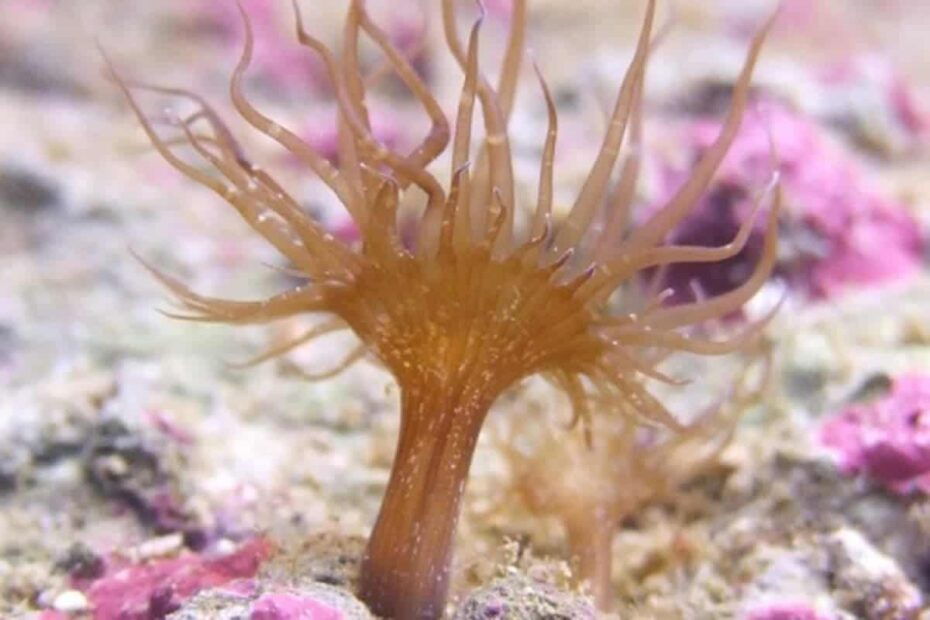Aiptasia may look like just another small anemone, but it’s one of the most invasive and frustrating pests in the marine aquarium hobby. Left unchecked, it can quickly spread and dominate your tank, stinging corals, stealing nutrients, and irritating livestock.
What Is Aiptasia?
Aiptasia is a genus of small, fast-reproducing anemones commonly hitchhiking on live rock, coral plugs, or invertebrates. They thrive in high-nutrient environments and reproduce both sexually and asexually, making them exceptionally difficult to control once established.
They typically:
- Have translucent stalks and long, thin tentacles
- Retract rapidly when disturbed
- Range from a few millimetres to several centimetres in size
- Prefer shaded crevices, frag plug bases, or rockwork
Why Are They a Problem?
- Aggressive Stingers: They can damage or kill nearby corals
- Fast Reproduction: A single Aiptasia can become dozens in weeks
- Difficult to Kill: Improper removal often causes them to spread faster
- Unsightly: They quickly take over rockwork, ruining your reef aesthetic
How Aiptasia Spreads
- On frag plugs, rock, snails, or inverts
- Via tiny fragments left after manual removal
- Through waterborne larvae or planulae in some cases
Treatment Options:
1. Chemical Killers (Spot Treatments)
- Aiptasia-X (Red Sea)
- Joe’s Juice
- Kalkwasser paste
Apply directly into the open oral disk. These products work best when the anemone is fully extended. Incomplete kills may trigger retraction and spreading.
2. Natural Predators
- Berghia nudibranchs: Specialized predators that eat only Aiptasia. Effective but slow and vulnerable to fish predation.
- Copperband Butterflyfish: Will eat Aiptasia, but difficult to keep long-term.
- Filefish (Acreichthys tomentosus): Some individuals eat Aiptasia reliably.
Predator success varies by individual and tank compatibility. Use with caution.
3. Manual Removal (Not Recommended)
- Scraping or pulling often causes Aiptasia to fragment and spread.
- Use only in combination with chemical or biological treatment.
Prevention:
- Inspect and dip all new coral and rock
- Quarantine rock and coral before adding to display
- Avoid transferring water from untrusted sources
Final Thoughts:
Aiptasia is a classic example of why pest prevention matters. Once it gains a foothold, eradication can take weeks or months. Stay on top of early sightings, treat promptly, and avoid spreading it through careless frag swapping. In reefkeeping, it pays to be paranoid—especially when tentacles are involved.
